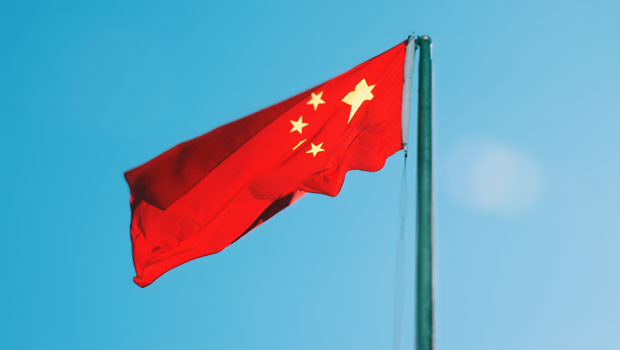Asia report: Markets mixed as China cuts loan prime rates

Asia-Pacific markets showed mixed performances on Monday as investors weighed China’s decision to cut its loan prime rate.
Investor attention was also on a number of upcoming regional data releases, as well as the general election in Japan on Friday.
“Asian stock markets are trading with mixed results on Monday, following the generally positive performance on Wall Street on Friday, as traders have reduced their expectations for US Federal Reserve interest rate cuts this year in response to the largely upbeat set of economic data released last week,” said TickMill’s Patrick Munnelly.
“A series of Chinese economic data released last week has reinforced calls for more stimulus measures to support the Chinese economy.”
Munnelly said ongoing concerns about geopolitical tensions were still weighing on markets.
“Last week, US retail sales increased slightly more than anticipated in September, and jobless claims unexpectedly declined, while industrial production decreased in September, reversing the growth seen in August.”
Markets start the week in a mixed fashion
In Japan, the Nikkei 225 dipped slightly by 0.07% to 38,954.60, while the Topix declined 0.34% to 2,679.91.
Major Japanese companies like Sumitomo Dainippon Pharma, IHI Corporation, and Mitsubishi Heavy Industries saw notable losses, dropping 6.74%, 4.48%, and 4.42%, respectively.
China's markets had a more positive day - the Shanghai Composite rose 0.2% to 3,268.11, and the Shenzhen Component jumped 1.09% to 10,470.91.
Gains were driven by strong performances from Beijing Piesat Information Technology, which surged 20%, and Jiangsu High Hope International Group, up 10.19%.
In contrast, Hong Kong's Hang Seng Index fell by 1.57% to 20,478.46, pressured by declines in major tech and pharmaceutical stocks.
NetEase, Hansoh Pharmaceutical Group, and Trip.com Group fell by 3.91%, 3.85%, and 3.63%, respectively.
South Korea’s Kospi 100 managed to gain 0.38%, closing at 2,613.89.
The index was supported by significant gains from Doosan Robotics, Korea Zinc, and Netmarble Games, with all three stocks rising by more than 6%.
Australia's S&P/ASX 200 climbed 0.74% to 8,344.40, bolstered by strong performances in the mining sector.
Genesis Minerals, West African Resources, and Bellevue Gold all saw gains of over 5%.
New Zealand's S&P/NZX 50 followed a similar upward trajectory, gaining 0.77% to 12,923.22, driven by strength in Pacific Edge, Tourism Holdings, and Serko.
In currency markets, the dollar was last up 0.27% on the yen, trading at JPY 149.94, as it gained 0.24% against the Aussie to AUD 1.4948, and advanced 0.19% against the Kiwi, changing hands at NZD 1.6503.
Oil prices were also in the green, with Brent crude futures last up 1.18% on ICE to $73.92 per barrel, while the NYMEX quote for West Texas Intermediate increased 1.34% to $70.15.
PBoC makes outsized cuts to loan prime rates
In central bank action, the People’s Bank of China announced a significant cut to its key lending rates, reducing the one-year loan prime rate (LPR) to 3.1% and the five-year LPR to 3.6%, both by 25 basis points.
The one-year LPR impacts corporate and most household loans, while the five-year LPR is a benchmark for mortgage rates.
Both cuts exceeded expectations, as analysts at ING had predicted 20 basis point reductions.
Looking ahead, ING noted that China’s central bank was expected to announce its medium-term lending facility rate decision on Friday.
The rate, currently at 2%, was expected to remain unchanged after a 30 basis point cut last month.
Looking at the week’s economic calendar, Japan is due to release its October inflation data for Tokyo this week, while South Korea is set to publish advanced third-quarter GDP figures.
In Australia, Reserve Bank deputy governor Andrew Hauser expressed surprise at the nation’s strong employment growth, according to Reuters.
Data from LSEG showed that employment exceeded expectations for the sixth consecutive month in September, while the unemployment rate remained stable.
Hauser highlighted the high labour participation rate as a notable factor in the country’s economic resilience during his speech at a Commonwealth Bank of Australia conference in Sydney.
Reporting by Josh White for Sharecast.com.